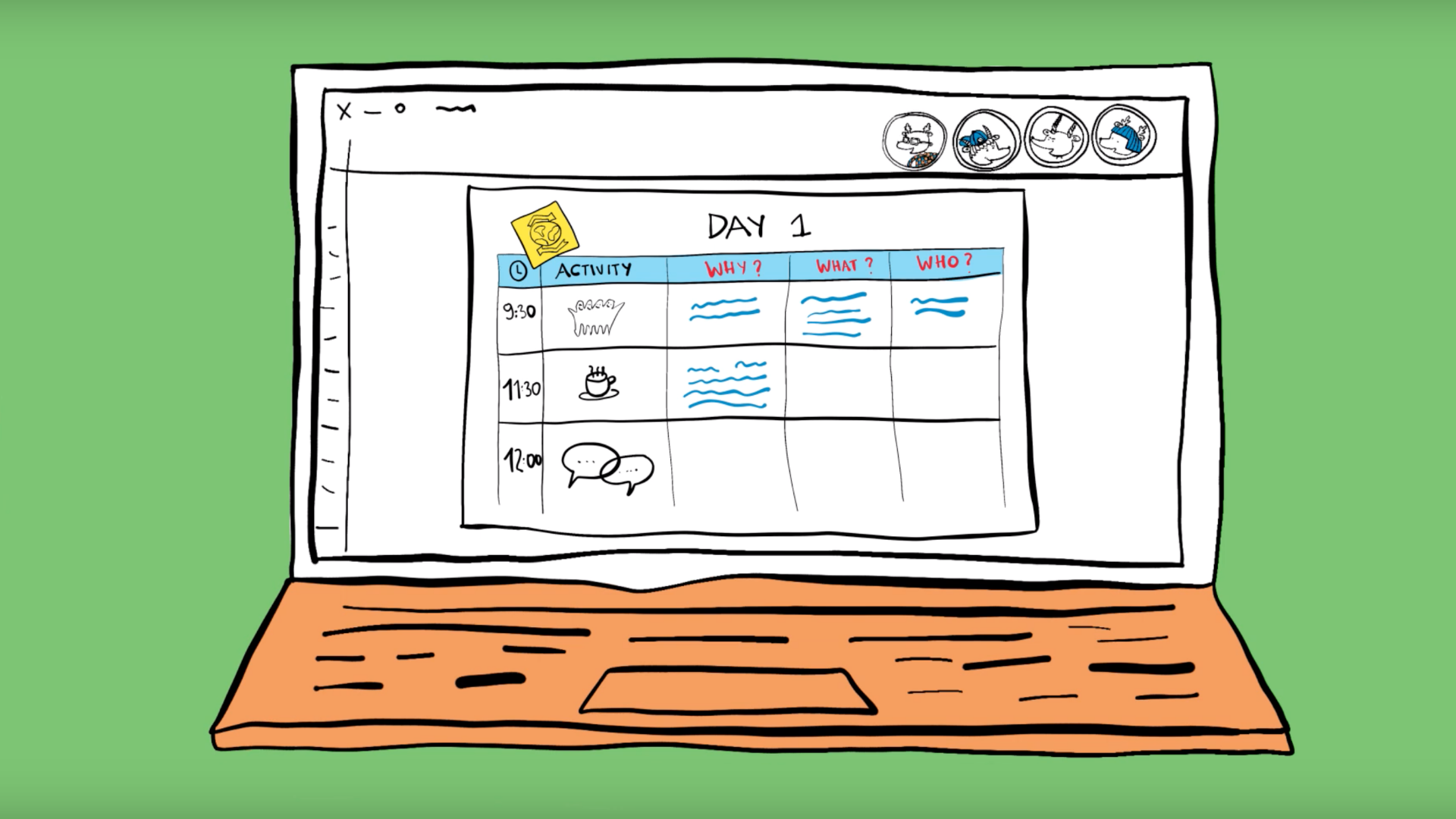

#PADLET DOWN HOW TO#
I am the co-author with Steve Smith of the best- selling books for ML teachers 'The language teacher toolkit','Breaking the sound barrier: teaching learners how to listen' and 'Memory: what every language teacher should know (available on and hold a Phd in Applied Linguistics (Metacognitive Strategies as applied to second language writing) an MA in TEFL (teaching English as a foreign language) and one in English Literature a PGCE in MFL and P.E.
#PADLET DOWN PROFESSIONAL#
I am an international keynote speaker, professional development provider, writer of instructional materials, blogger as well as an author of books and articles on language pedagogy.Ī language teacher for around 30 years, I am the founder of the language learning website as well as the winner of the 2015 TES (Times Educational Supplement) best-resource-contributor award. Gianfranco Conti, Phd (Applied Linguistics), MA (TEFL), MA (English Lit.), PGCE (Modern Languages and P.E.) Padlet can be a useful App, no doubt but assumptions about what learners do with it, should be rooted in evidence not simply wishful thinking. ‘Experiments’ like mine should be carried out as often as possible in order for teachers not to be misguided by Internet myths. The lesson to be learnt: not much is known as yet about the way adolescent foreign language learners interact cognitively and affectively with many of the Apps currently used in many MFL classrooms. The vast majority of them replied ‘very rarely’ or ‘never’. Yet another mismatch between teacher presumptions and foreign language learner cognition. I also asked my students how often they actually look at what their classmates write and ‘steal’ useful language items from them. Even when a student does notice something in another learner’s output they must do something with it for some degree of deep processing to occur and retention to ensue.

Guess what? Only two of the 68 students involved in this experiment actually remembered something (one item each).

Two weeks later I asked them to recall the items they had noted down.

The next day I asked students from four of my Spanish classes (2 year 8 and 2 year 9 groups), immediately after creating a padlet wall to which all of them had contributed, to note down in their books or iPads three language items they found in their classmates’ writing which they found interesting and/or useful. But maybe students would so I decided to put my colleague’s claim to the test. Reflecting on that claim on my way home I thought about myself, an avid and highly motivated learner of 8 languages – would I, whilst doing a Padlet task, actually actively look at my class mates’ output so as to learn from it? My answer was: possibly not, maybe a fancy idiom might attract my attention and would ask the teacher about it, but nothing more than that. The context: an ICT training session in which one of the participants criticized Google classroom based on the fact that, unlike Padlet, when a student works on an assignment the other pupils cannot see what their peers are writing and consequently t he opportunities for learning would be drastically reduced. The truth is that the way adults’ cognition – especially teachers’ – interacts with a learning tool often differs from an adolescent’s.Ī few months’ back, one such claim was made in my presence. More than often, when I investigate those claims with my students they are down-sized. I often read on the Internet or hear from ‘techy’ teachers of the presumed learning benefits of various Apps.


 0 kommentar(er)
0 kommentar(er)
